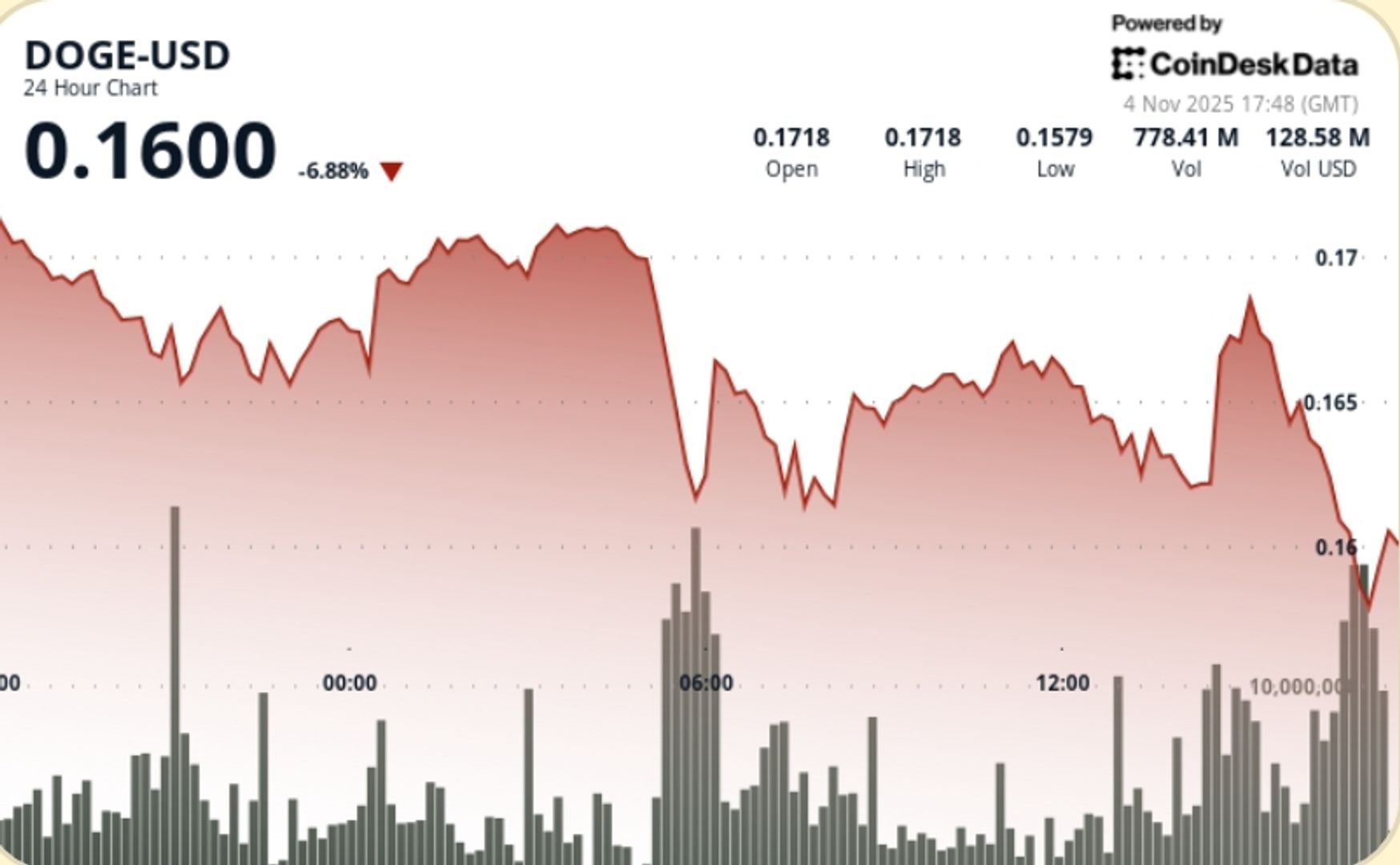Honda’s revised profit expectations have exposed the strain of U.S. trade measures and chip disruptions, though the more enduring battle will be against China’s expanding EV competition.
The automaker trimmed its annual outlook by 20%, citing higher electric vehicle costs and supply disruptions related to chipmaker Nexperia, which the Netherlands took over from China’s Wingtech on September 30.
Kaihara says automakers have to reduce prices to draw in customers
The company forecast a 385 billion yen ($2.6 billion) loss from U.S. tariffs, an improvement from the 450 billion yen ($ 2.9 billion) it had previously projected. Nevertheless, shares weakened by 4.7% at one point on Monday as concerns grew about Japan′s waning automotive influence in Southeast Asia.
For years, Japanese automakers felt their Southeast Asian markets were safe from the headwinds battering China. But that safety net is disappearing. Executive Vice President Noriya Kaihara said at a media briefing, “In markets like Thailand, the competitive landscape is quite intense and overall we have lost our competitive edge in terms of pricing.”
Kaihara also warned that automakers are now under pressure to lower prices and offer more promotions to maintain consumer interest.
Honda now expects operating profit of 550 billion yen ($3.6 billion) for the year through March 2026, down from a previous forecast of 700 billion yen ($4.5 billion). Vehicle sales guidance was also cut to 3.34 million units following disruptions from China’s export halt of Nexperia semiconductors. With supply easing, the carmaker expects production to pick up from the week of November 21.
Though recently, Honda had to push back the launch of its Ye Series electric vehicles in China, blaming high costs and software shortcomings for the setback. Nonetheless, seeking to regain momentum in China, Honda has teamed up with Momenta to advance its autonomous driving capabilities.
Honda saw its Indonesian sales tumble by nearly 30%
Honda now anticipates selling 925,000 vehicles in Asia this year, including China, a drop of over 10% from its earlier projection of 1.09 million. The expected dip in sales outside China has widened dramatically to 75,000 cars from the initial 5,000.
According to an industry insider, Japanese domestic automakers are being increasingly squeezed by Chinese EV brands, such as BYD, in Southeast Asia, including Thailand and Indonesia, due to their competitive advantage. He stated, “Southeast Asia is starting to be significantly impacted by Chinese players. The growth of Chinese EVs in Thailand over the past two years has been extraordinary.”
Overall, Honda’s sales in Southeast Asia declined considerably, with a nearly 30% drop in Indonesia through the first nine months of the year, as well as falls of 18% in Malaysia and 12% in Thailand.
Still, Honda and other Japanese automakers are increasingly focused on India, a market that has yet to be captured by Chinese EV makers. The company last month announced that it would use India as a manufacturing and export base for one of its planned electric vehicles.
However, some analysts note that Honda faces a more fundamental, perhaps systemic challenge compared to other automakers. Yoshio Tsukada called the company’s profit gap “unbalanced.” He recommended that splitting off Honda’s motorcycle business from its auto operation would enable the bike unit to prosper worldwide. However, the car division would continue facing challenges under its present administrative framework.
Get $50 free to trade crypto when you sign up to Bybit now
















 English (US)
English (US)